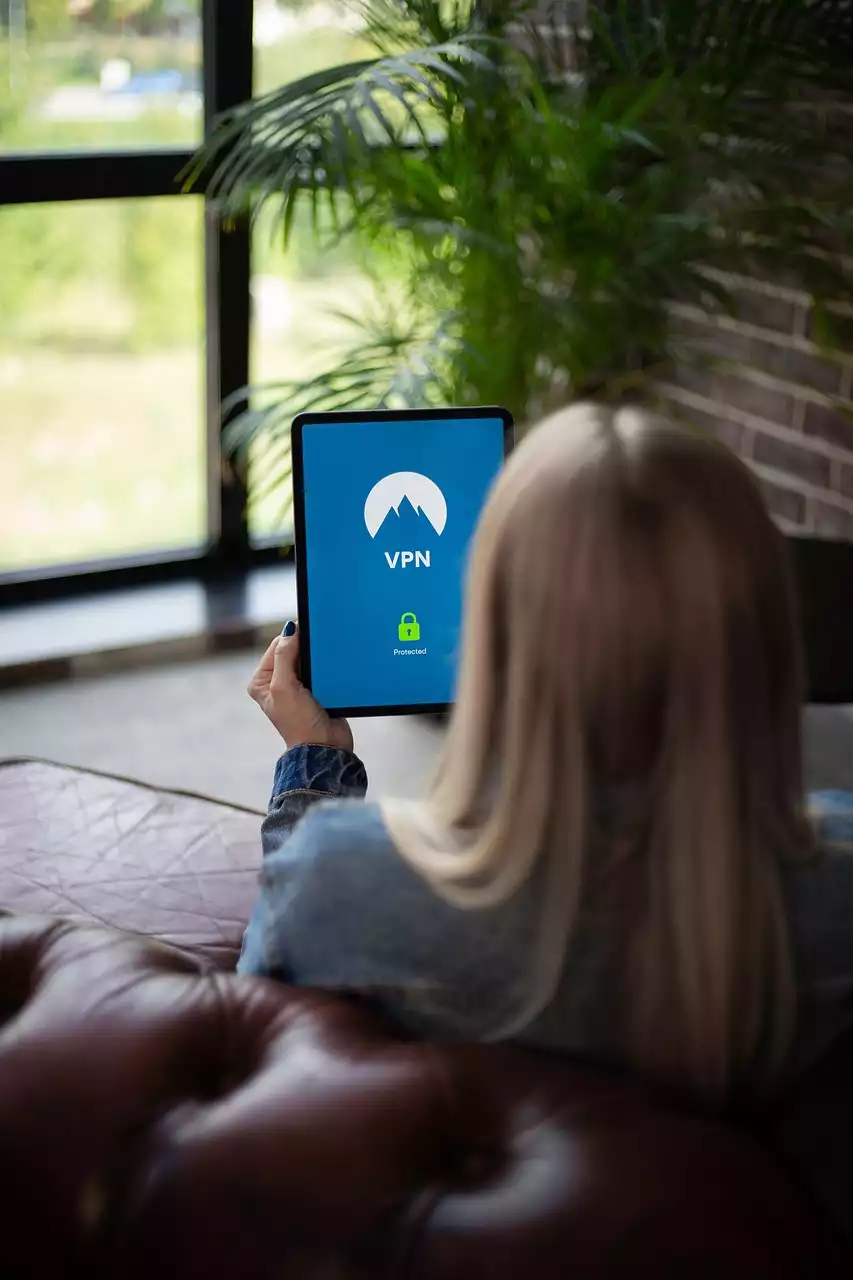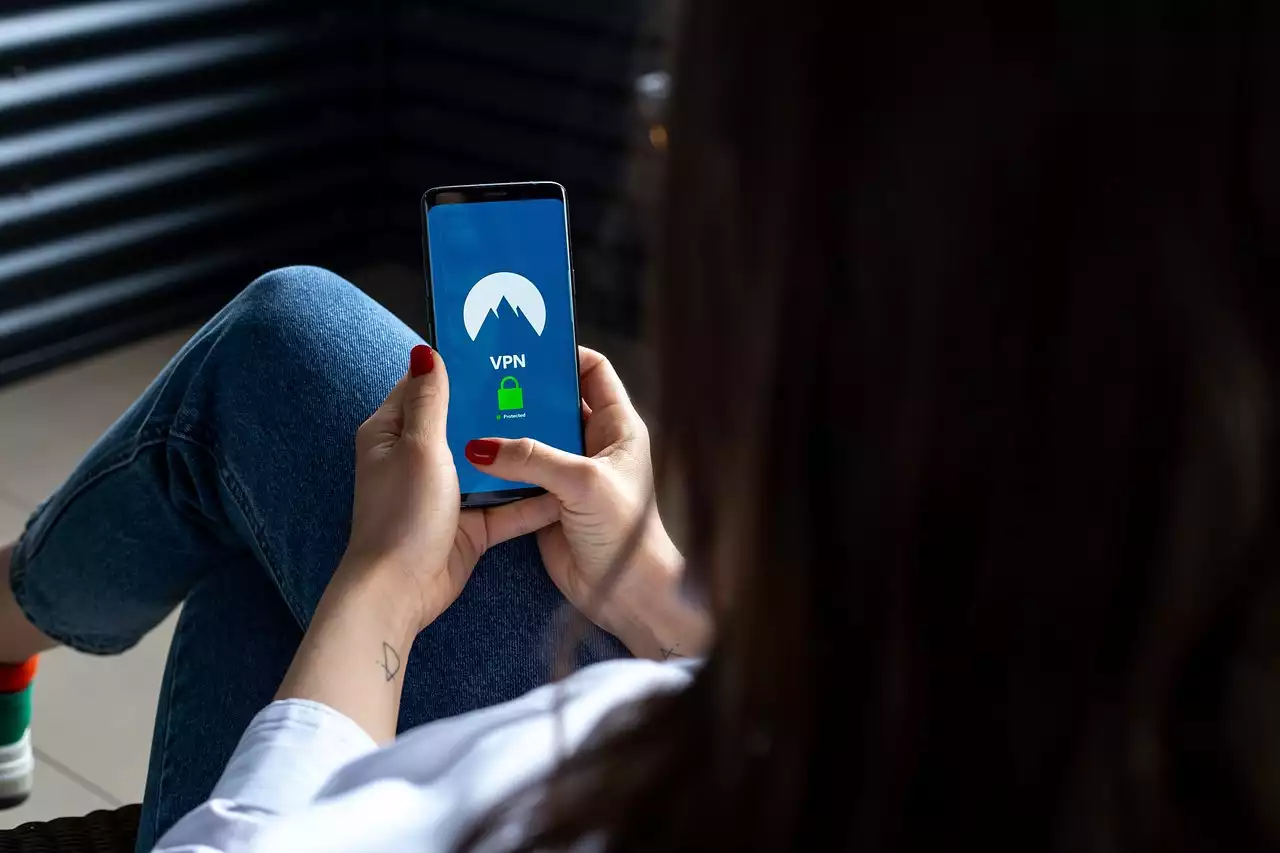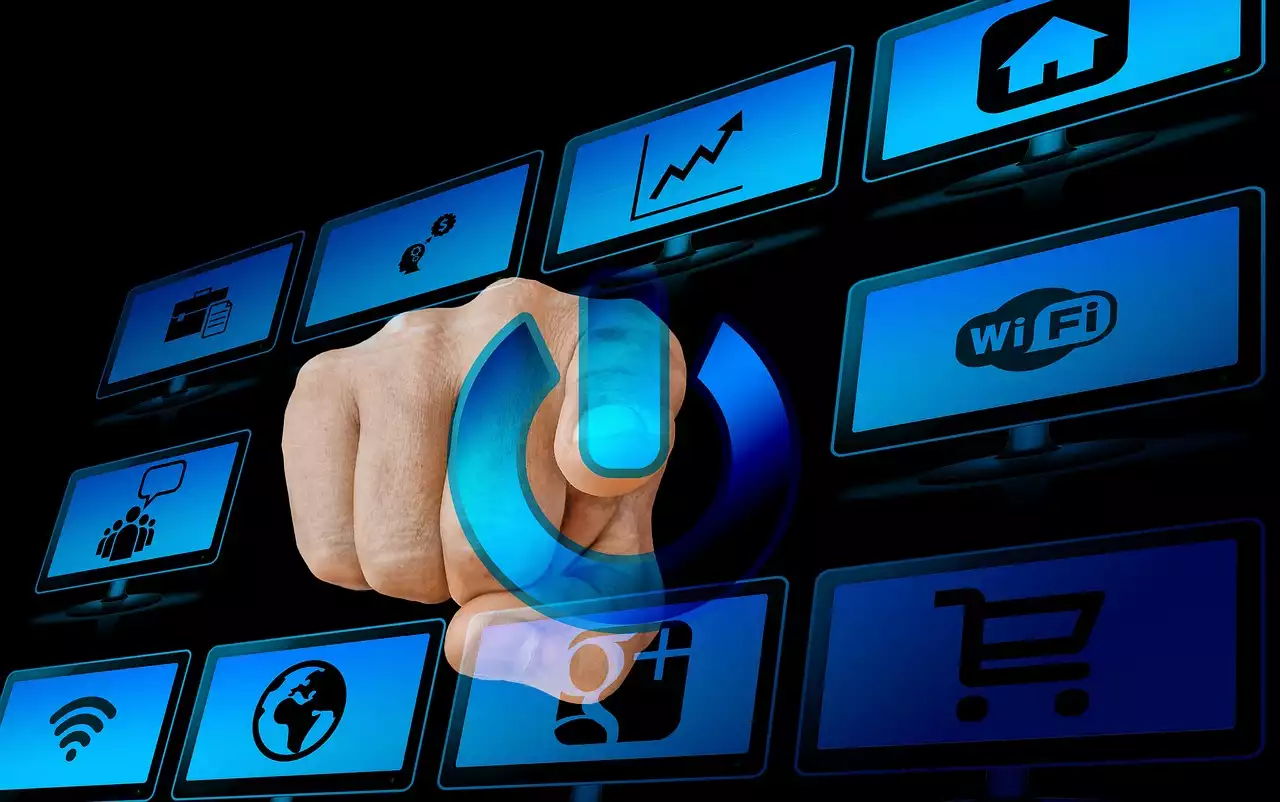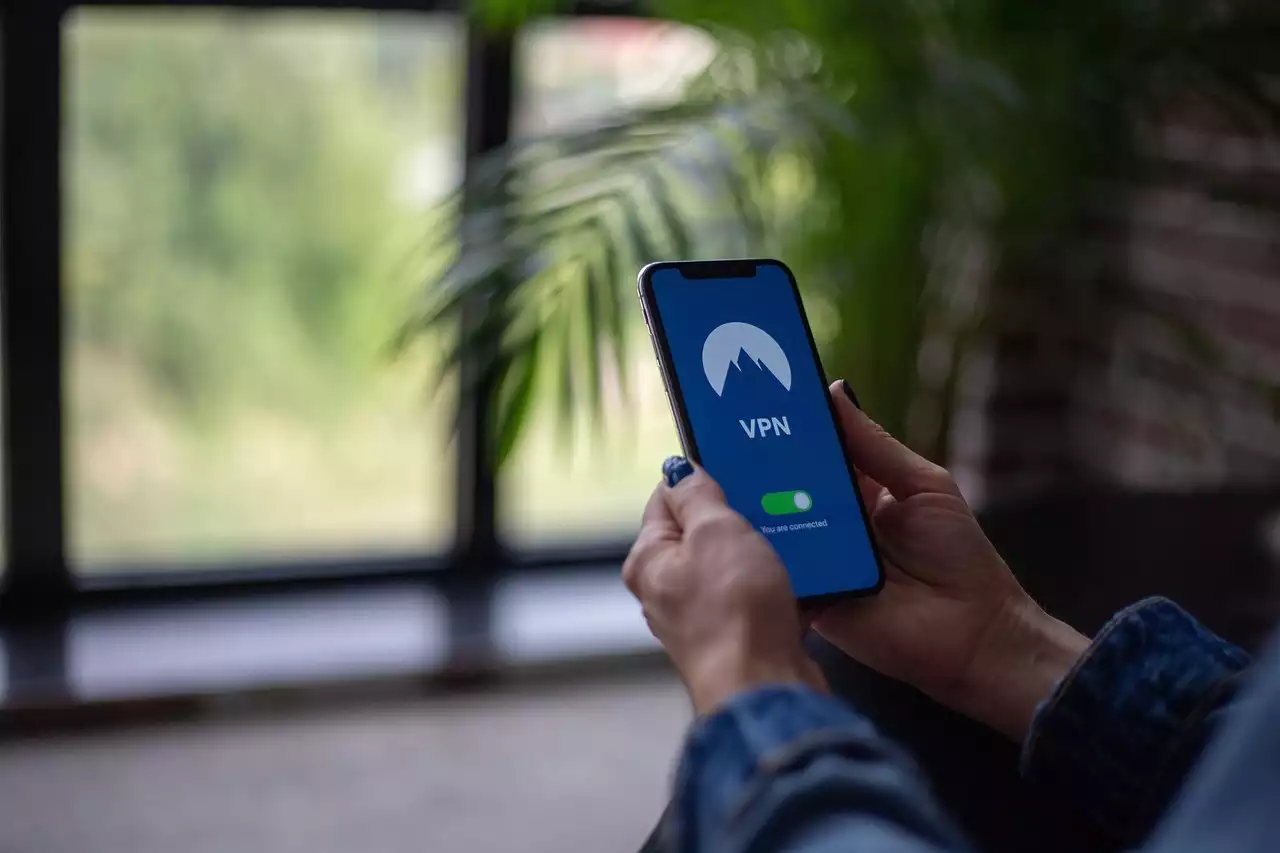What is a smart home?
A smart home is a home that can be controlled by a mobile device, allowing you to adjust settings, monitor security and energy efficiency, and even automate the home environment. A smart home can be controlled both inside and outside the house, either manually or with the help of programmed settings. Some examples of how a smart home can be used include controlling your thermostat to save on energy bills, or remotely locking your doors if you're on vacation. A smart home can be customized to your preferences, whether you want lights to turn on when you come home or want the ability to control your home from the office. A smart home can be controlled by either a hub, an app, or a voice assistant, like Amazon's Alexa or Google Home. Many people have a combination of all three, depending on the level of automation they want and the devices they have installed. A hub is basically the brain of your smart home, receiving information from all the devices connected to it to help control those devices. The hub connects all the devices on your network and sends data to the app or voice assistant. The network is the actual connection between devices and devices, or the hub and devices.
The three basic components of a smart home
-A hub - the brain of a smart home, receiving information from all the devices connected to it and helping control those devices.
-A network - the actual connection between devices on a smart home network and devices, or the hub and devices.
-Smart devices - devices that are connected to the hub and can be controlled through the app or voice assistant.
The Benefits of a Smart Home
A smart home allows you to control your home from anywhere you are, making everyday tasks easier. You can quickly adjust the thermostat, turn off lights, or lock the doors from your phone, and you can set up scheduled settings to help with daily routines. A smart home can be better for the environment by helping you save money on energy bills and increase comfort in the home by adjusting the temperature at the right time.
Smart Home Examples
If you’re renting and don’t want to make a big investment in your home for smart home devices, there are still ways you can implement a few smart home devices. For example, installing a smart outlet can be a simple way to get started with a basic smart home setup. These outlets allow you to turn devices on and off with a mobile device or voice command. Another easy addition to a smart home is a smart thermostat. An easy way to make your home more efficient and save money, a smart thermostat can be controlled with a mobile device or voice command. You can set the temperature at different times for different days, creating a schedule for your home that automatically adjusts for you. These thermostats can also be linked to sensors that track weather conditions, so you can make sure the temperature is just right for the outside climate.
Tips for Setting Up a Smart Home
Before you start connecting your devices and purchasing new items, make sure you have all the right equipment. You’ll need a modem, router, and internet service that can support the number of devices you want to connect. You’ll probably also want a firewall and antivirus software, along with a network switch or hub. Once you have your network set up, it’s time to start connecting your devices. Start with the devices that are easiest to set up, and work your way up to more complex devices. Download the app or use the voice assistant to control your devices, and once everything is set up, you can begin to plan what else you want to add to your smart home. For example, you can start with the lights in one room, and decide from there what other devices you want to connect to your network.
Smart Home Security
A smart home can be a great addition to any home, but it also opens up your network to a higher degree of risk. It’s important to set up your smart home securely from the start to prevent hackers from gaining access to your devices and private information. Start by changing the default passwords on all your devices, and make sure to update these passwords as often as possible. You can also set up a firewall and antivirus software on your network. It’s also important to keep your devices up to date, so update any software or apps as often as necessary to avoid security issues. Finally, try to avoid using the same passwords across multiple devices. This can make it easier for hackers to gain access to your information.









